Samuel Hume, Fellow at The Foulkes Foundation and pursuing PhD in the University of Oxford’s Department of Oncology, shared a post on X:
“Top 5 advances in medicine this week.
1. A vaccine to prevent recurrence of kidney cancer
This is a small trial – 9 patients – all of whom had stage 3 or 4 renal cell carcinoma removed by surgery (removal of the primary tumour, any positive lymph nodes, and any visible metastases)
Tumours were then sequenced, and personalised vaccines made based on the tumour’s mutations (its neoantigens)
There was no control group, but in the years that followed it would be expected that cancer would recur in ~50% of patients
In these patients, 0 had recurrence of their cancer
A larger, randomised study is underway.
‘A neoantigen vaccine generates antitumour immunity in renal cell carcinoma’
Authors: David Braun et al.
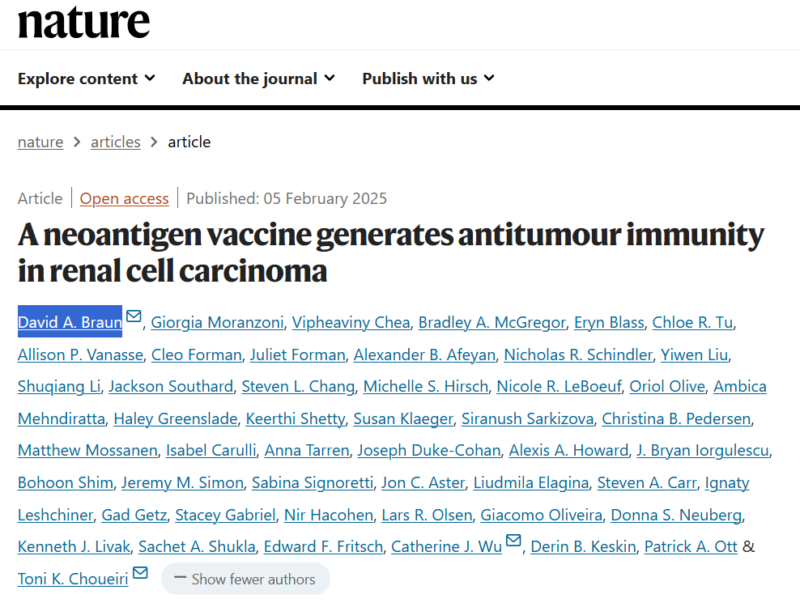
2. Results from the first pig-to-living human kidney transplant
Kidney transplants are an effective way to replace kidney function in patients with kidney failure – but we are limited by supply
To reduce the risk of rejection and to inactivate pig retroviruses, 69 edits to the pig’s genome were made, with CRISPR, and the kidney was transplanted into a 62-year old man with end-stage kidney disease secondary to uncontrolled diabetes
Within minutes of connecting the kidney, it started working, and continued to work for 51 days (despite a treated episode of rejection), before the patient sadly died (due to heart failure related to his long-standing diabetes)
Despite a challenging course post-surgery, this could be a viable option to increase the supply of kidneys for transplant
There have been 3 similar kidney transplants since (that I can tell), so it’s still early days.
‘Xenotransplantation of a Porcine Kidney for End-Stage Kidney Disease’
Authors: Tatsuo Kawai et al.
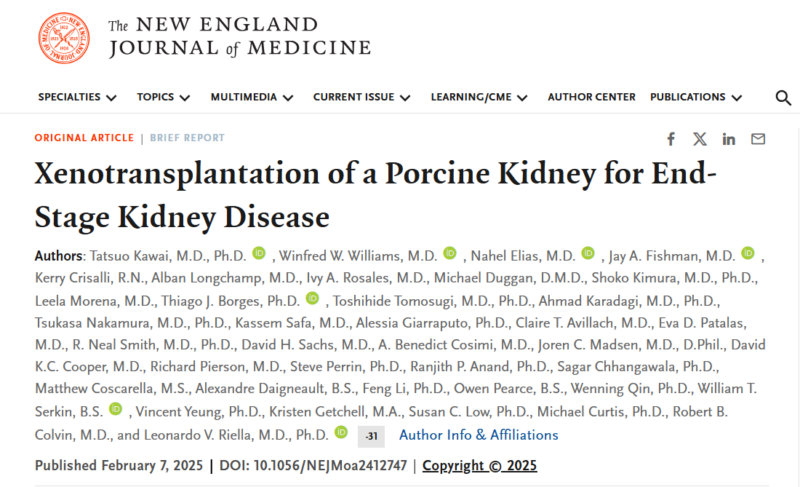
3. Detection of microplastics in the brain
Microplastics have been detected in arteries, in blood, in lungs, in the gut – and now the brain
There seem to be more microplastics in the brains of more recent samples (suggesting the problem is getting worse), and (though the brains were older, and from a different brain bank) more microplastics in brains from patients with dementia
Clearly we need more data on how microplastics are getting in, who’s most at risk, and whether any potential health risks are causative.
‘Bioaccumulation of microplastics in decedent human brains’
Authors: Alexander Nihart et al.
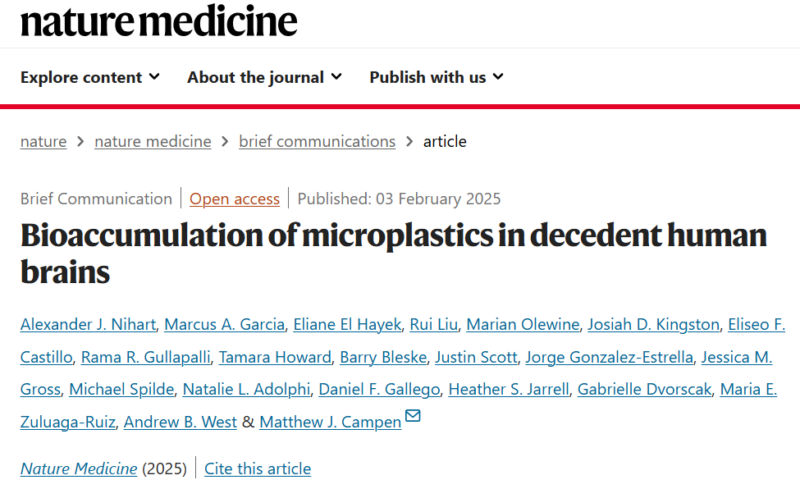
4. A previously unrecognised code for protein localisation
This deep learning model predicts a protein’s localisation, based off its amino acid sequence alone
So, like there’s a hidden amino acid code for folding, there’s a hidden code for localisation, too
There’s a clinical potential, too: the model predicts whether mutations are pathological
It’s not currently capable of measuring dynamic changes – for example, if a protein gets phosphorylated and moves compartments.
‘Protein codes promote selective subcellular compartmentalization’
Authors: Henry Kilgore et al.
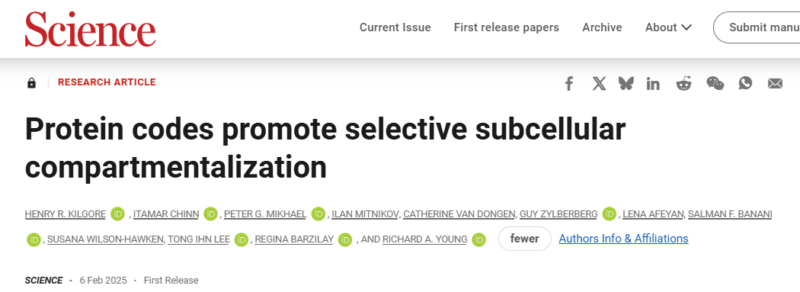
5. The first trial to show that oxygen can improve outcomes in stroke
Patients in this trial had acute ischaemic stroke (caused by a clot either in the internal carotid or middle cerebral arteries)
They were randomised either to sham oxygen therapy (just the same as breathing oxygen from the air) or breathing 100% oxygen at 10L/minute (via a non-rebreather mask)
Oxygen therapy was given for 4 h, spanning the period before and after definitive reperfusion therapy (thrombolysis and/or thrombectomy): oxygen therapy via the non-rebreather significantly reduced disability after stroke
They key is ‘freezing’ the penumbra (the salvageable brain tissue) so that it can then be rescued by thrombolysis or thrombectomy
Oxygen was only given once patients were already in hospital, suggesting an opportunity to start oxygen even earlier (in the ambulance) – that’s the next step.”
Authors: Weili Li et al.
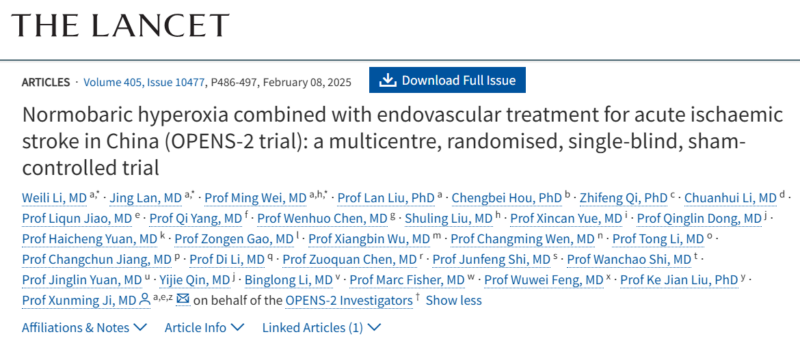
More posts featuring Samuel Hume.
